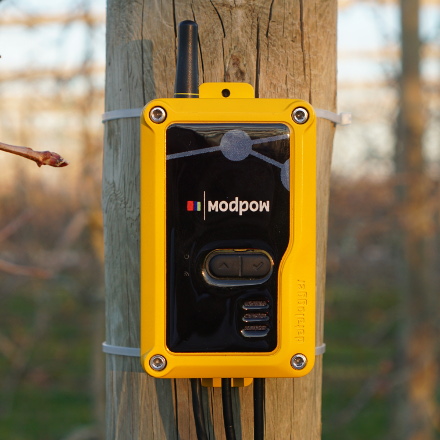
Falguera, Joan Lordan, Josep
Papió y Víctor Montilla
AKIS International
The interannual climatic variability has been steadily increasing in recent years in Colombia, resulting in an increase in the economic and social vulnerability of small and medium-sized farmers, especially due to the lack of resources and specific measures and actions to reduce the negative effects; As well as to the difficult adaptation of the crops to the anticipated climatic changes.
The adaptability of the agriculture in regions affected by the negative effects of climate change depends to a large extent on the intensity, frequency and durability of extreme events. In this sense, the development of strategies should include not only the study of alternative crops to the traditional ones that are more resistant to the new conditions, but also options of technification of the traditional implantation crops that improve their resilience. In one way or another, it is essential to advance the knowledge of soil-plant-climate relationships, as the availability of water is the most important factor to consider in determining the adaptive capacity of any crop.
In order to develop, select and apply adaptive crop management practices to climate changes that are effective, sustainable and easy to apply, an assessment of the main soil hydrological processes is required, taking into account the climatic conditions, the topography and the land use and the management systems at the local level.
In Colombia, passifloraceae are one of the crops with the greatest export projection according to the National Fruit Plan. Both its export projection and the increase in local consumption have favored the expansion of the cultivated area in the country in recent years. Several studies have demonstrated that water stress, whether it's continuous or punctual, adversely affects vegetative growth, flowering, curdling, nutrient uptake and yield of passion fruit.
This study determines an approximation to the water balance of a passion fruit crop in two passion fruit crops located in the curbs of the Trina and the Chinese rural area of Manizales. In each, a G3 lithimeter and two 10HS moisture sensors (Decagon Devices, Inc., USA) were installed, connected to a datalogger, which records and stores the evolution of soil moisture and drainage every hour. And an intermediate climatological station (relative humidity, temperature, wind speed, precipitation and radiation) was installed in an intermediate zone for the calculation of ETo.
These data constitute a necessary first step to advance the technification of this crop. For example, it will be possible to determine the periods and degree of stress to which the crop is submitted, key information when it comes to the need to install fertirrigation equipment to provide water and nutrients, and more importantly, to estimate the needs and the doses of the irrigation water to be applied.
Here we can see, in a simplified form, monthly water balances in the soil, the results of the first year of the soil moisture regime monitoring with passion fruit cultivation. As an important fact to highlight, there is a influence of the El Niño phenomenon, which as shown in the summary table, subjected the crop to a period of water deficit during much of the year: in 8 of 12 months the balance was negative, and in the remaining 4 months it was positive and the drainage water losses occurred.
With the possibility that this type of climatic scenario gets more frequent, and as the negative effects on the crops can be important, it is necessary to begin to raise the need to implement measures that increase the resilience of the crops from several points of view, such as the implementation of support irrigation systems, the selection of cultivars that support the lack of water better, and the implementation of soil and water management and conservation techniques that improve and increase water retention capacity in soil. Similarly, it is necessary to initiate education plans to teach farmers to make efficient use of the irrigation water.





